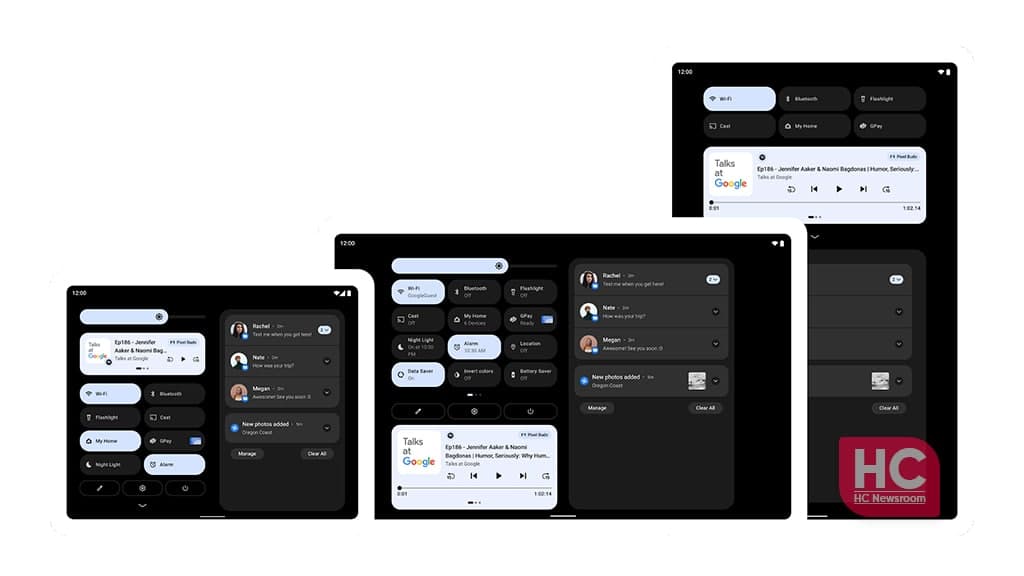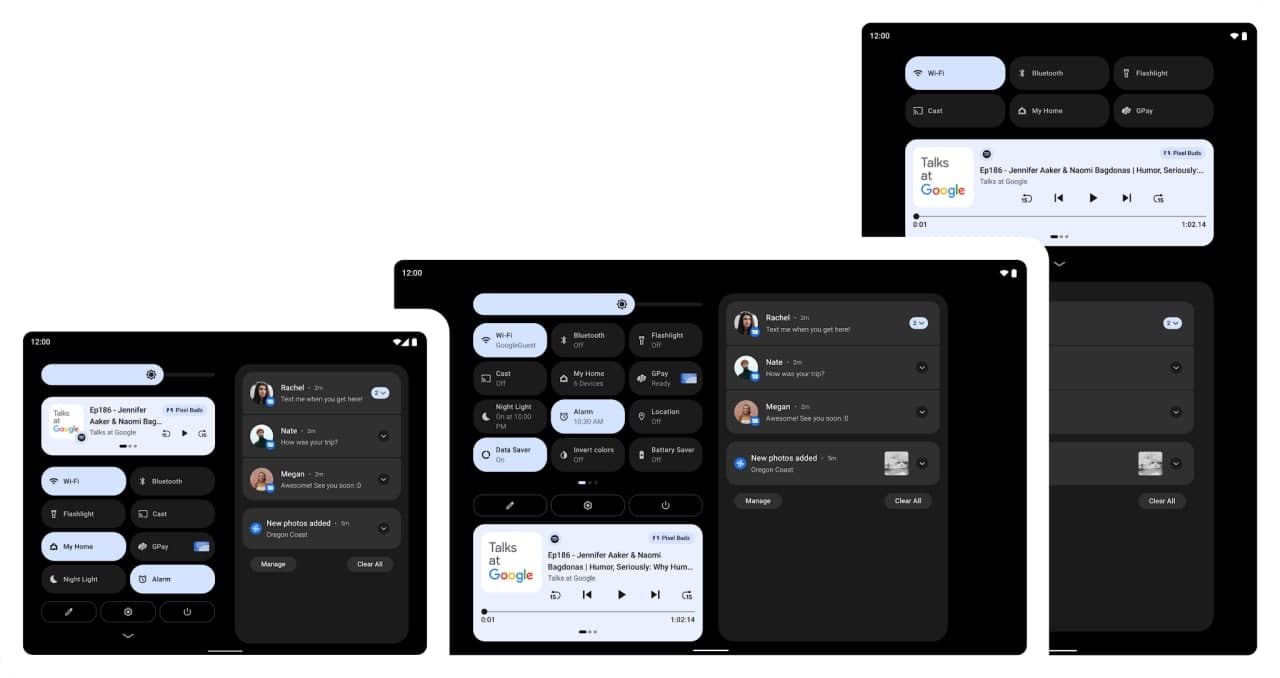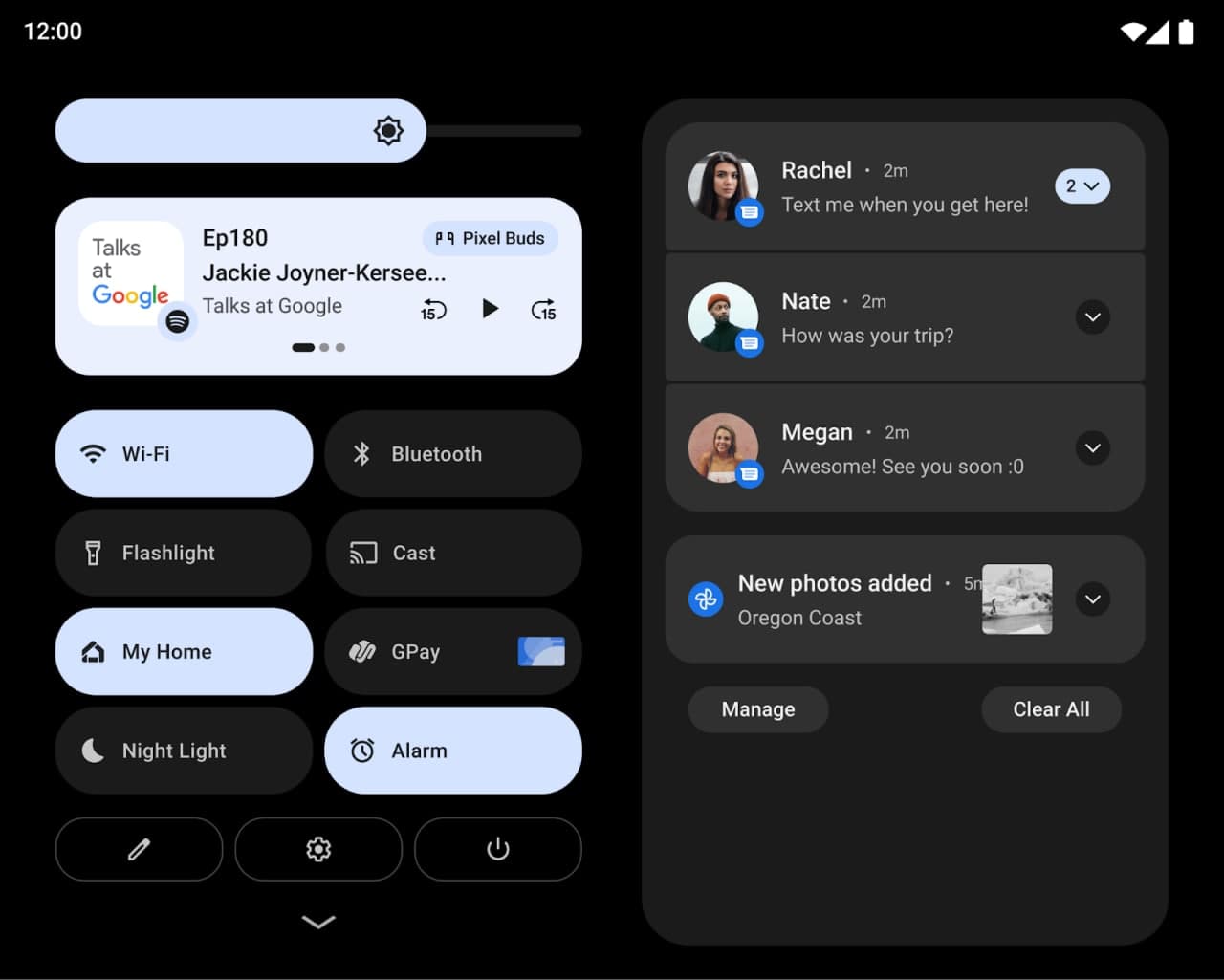Android
Google launches Android 12L OS for big screen and foldable devices

Following the launch of Android 12 for smartphones, Google, at Android Dev Summit, unveiled a new version of this operating system and it’s named – Android 12L. This version of Android is optimized with loads of new features designed especially for large screen and foldable devices.
So, why did Google launches Android 12L? Let’s take a look at some data shared by the U.S. tech maker.
Google says, there are a quarter-billion large screen devices running Android across tablets, foldable, and ChromeOS devices. In the last 12 months, there are nearly 100 million new Android tablet activations–a 20% year-over-year growth, while ChromeOS also grew by 92%.
The trend of foldable phones and their future demand can not be overlooked, the Foldable devices received year-on-year growth of over 265%. Furthermore, there are over 250 million active large screen devices running Android.
Android 12L:
This large screen optimized Android operating system is designed for large screen devices and is currently available under developer preview testing. Aside from launching the new operating system, Google has also unveiled the latest Android 12L features onboard.

As detailed, the Android 12L brings new changes in the user interface and maximizes that for the large screen across notifications, quick settings, lock screen, overview, home screen, and other places of the UI. For example, the notification panel on a large screen now can be seen in two columns, the left side contains quick settings while the right part contains notifications.

There’s also a new taskbar on a large screen that instantly switches favorite apps on the home screen. This helps to deliver a better multi-tasking and split-screen experience on large screen devices.
With Android 12L, Android has also improved the visual and stability improvements to offer a better letterboxing experience for users and help apps look better by default. We’ve made letterboxing easily customizable by device manufacturers, who can now set custom letterbox colors or treatments, adjust the position of the inset window, apply custom rounded corners, and more.
Changes in Play Store:
Not only the UI and the features but Google is also intended to make new changes in the Play Store to highlight the apps for large-screen devices. Google announced to add new checks to assess each app’s quality against Google’s large screen app quality guidelines to ensure that we surface the best possible apps on those devices.
For apps that are not optimized for large screens, Google will start warning large screen users with a notice on the app’s Play Store listing page.
Release:
Google confirmed that Android 12 will launch early next year, this will be offered with the next generation of Android tablets and foldable devices.






